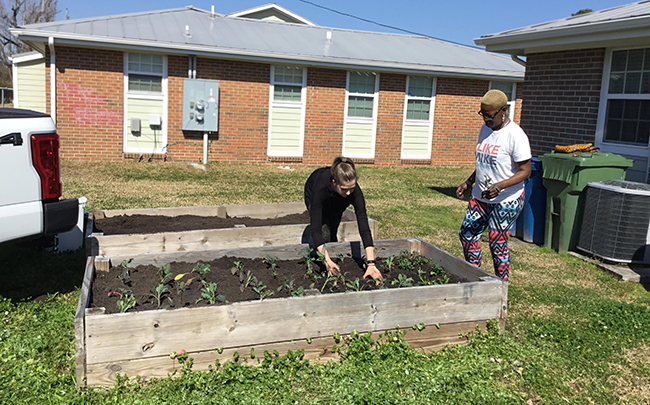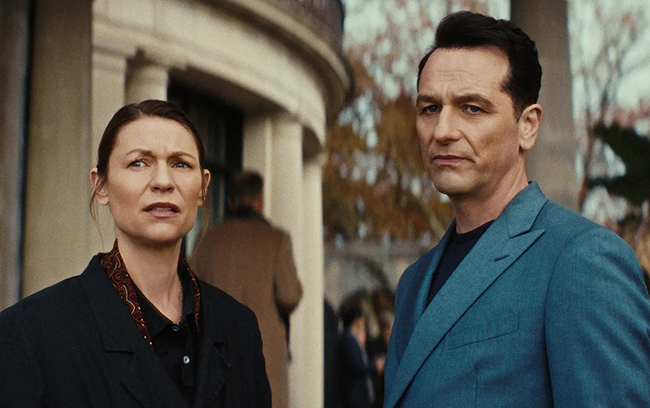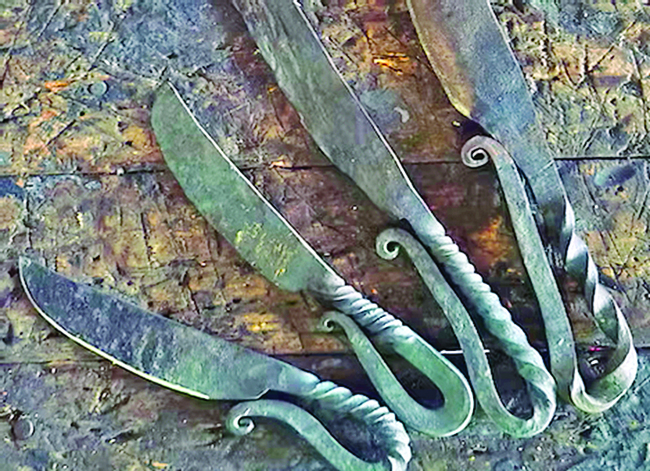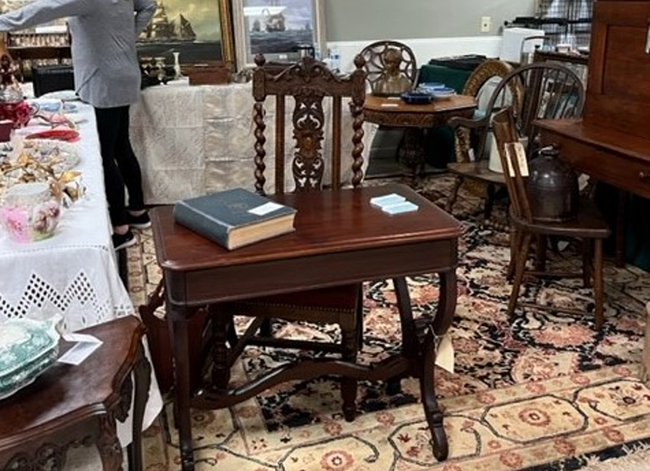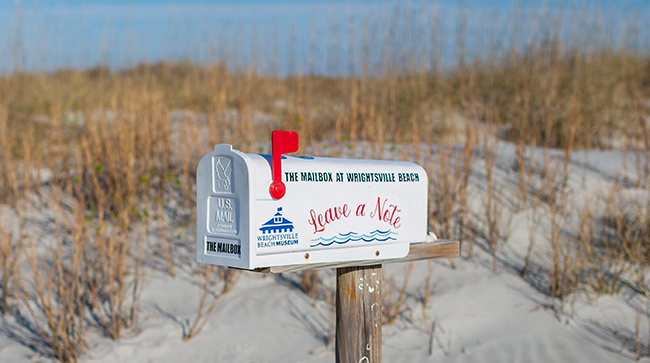Creating an Ideal Place for Play
04 Mar 2024
A peek into the community-backed design efforts at the Children's Museum of Wilmington
By Jen Reed » Photos by Frank G. Hart
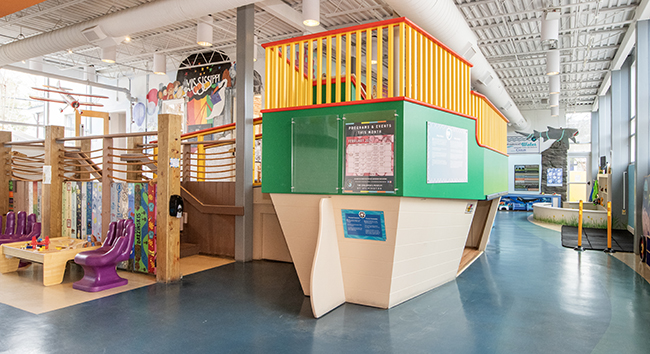
It's said it takes a village to raise a child. And nowhere will you find that proverb brought to life than at the Children's Museum of Wilmington.
Nestled in historic downtown Wilmington, this destination is housed among three buildings boasting interactive exhibits designed to excite the imagination and educate young minds of those who visit during the year. True to its mission, you will find a blend of displays showcasing elements of art, literacy, and STEM education.
Each area of the Museum features hands-on activities that, unlike other museums, encourage youngsters to “please touch.” Leading the effort of the ever-changing landscape is Executive Director Jessie Goodwin, who, with the aid and support of key staff and the Facilities and Exhibit Committee, brainstorms, conceives, and develops ideas that enable them to provide offerings that are meaningful, relevant, and strike a balance between traditional learning and technical experiences.
“What we want is to create something new and different for the littles,” Goodwin says. “We realize so many are surrounded by technology at home and school and we take that into account when we are creating any of these exhibits. It is important for us to find a healthy balance.”
The process of creating the displays is not limited to the confines of the institution and its team – it's very much reflective of the community. Inside you will find the Kid Power and How High Can You Jump exhibits made possible by Planet Fitness; the Community Market, a replica supermarket funded by Publix and the Publix Super Markets Charities; and a flight simulator made possible by Modern Aviation. Current exhibits also feature displays supported by the Ports of North Carolina, the City of Wilmington, the Landfall Foundation, and Delaney Radiology, just to name a few.
According to Goodwin, partnerships sought through the community are critical to supporting the mission of providing a welcoming and engaging environment because not only are visitors experiencing interesting and fun exhibits, but they are also seeing places and things that are a part of the Wilmington community.
“We are here for the community, so it's really important that what we do is reflective of what the community wants and what it represents,” she says.
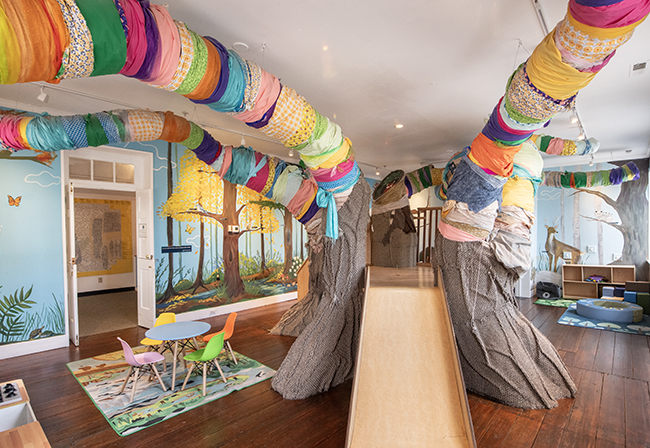
Design Process
The exhibit design process can span from a few months from start to finish to more than a year. That depends on the complexity of the project, funding, and how involved community partners are in the process. For instance, Goodwin explains that certain exhibits, such as those funded through grants, are spearheaded by the Museum team under the guidance of Facilities Manager Ralph Fischer. In contrast, projects like the Publix exhibit have their own design and installation team from the company, but they still collaborate with and seek approval from the Museum team. Modern Aviation is also taking an active role in the new Flight Force exhibit as it is reflective of the organizational mission.
“It was really important to them to introduce careers in aviation to the littles, and this turned out to be a great opportunity,” Goodwin says.
The committee is comprised of board members, internal team members from facilities as well as educators who lead programs offered through the Museum. The diversity enables a wide range of perspectives and ideas, from both an educational point of view as well as the technical to ensure the space can support the endeavor.
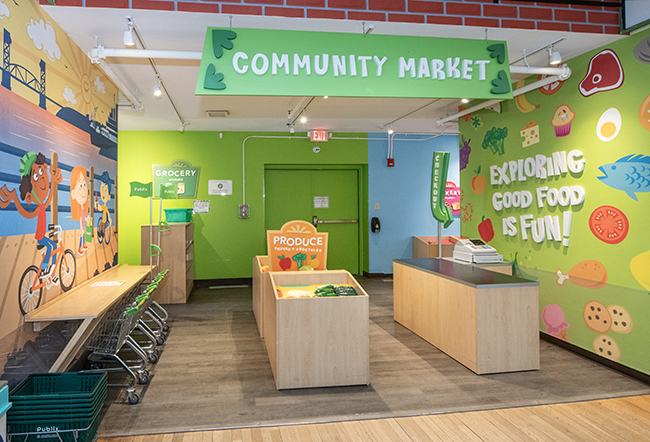
The Museum opened its doors in 1997, although planning for the facility began a half dozen years earlier. Initially located on Market Street, the Museum found its current home in downtown Wilmington in 2006. And while constraints of space in the historic district make it challenging to focus on expansion, Goodwin says the team makes the best use of the space they have, often reimagining areas to remain current.
Just how long an exhibit remains in place is largely determined by the interests and needs of the community. According to Goodwin, there have been exhibits that are meaningful to the children and their families for a variety of reasons. Whether it's something that was a part of the Museum when visitors as children who are now parents remember and want to share with their little ones or something more current that has captured the interest of an audience, prompting them to want to visit again for the experience.
“The important thing is that everything we do and offer here is for the community,” Goodwin says. “The community is talking and we are listening.”


